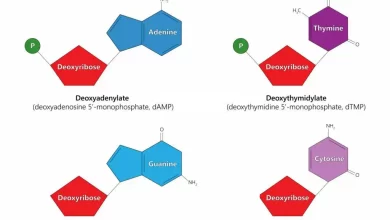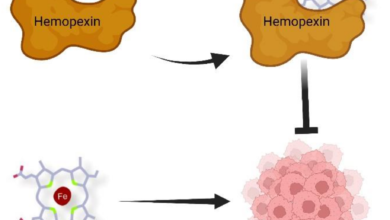Cyclin-dependent kinases (CDKs) are protein kinases that require a cyclin subunit to be active. They are involved in regulating the cell cycle and transcription. CDKs are serine/threonine kinases, which means they phosphorylate serine and threonine amino acids in their substrates. They drive the cell cycle, which consists of four stages, to ensure precise DNA replication and cell division. CDKs are found in all eukaryotes and have a conserved regulatory function in the cell cycle.
CDKs are relatively small proteins, with molecular weights ranging from 34 to 40 kDa, and contain little more than the kinase domain. A CDK binds a regulatory protein called a cyclin. Without cyclin, CDK has little kinase activity. The cyclin-CDK complex is an active kinase, but its activity can be typically further modulated by phosphorylation and other binding proteins, such as p27. (Wikipedia)
CDKs are involved in regulating transcription, mRNA processing, and the differentiation of nerve cells2. They also regulate the G1/S transition, S phase, G2 phase, and M phase of the cell cycle. CDK1, with its partners cyclin A2 and B1, alone can drive the cell cycle in mammalian cells






